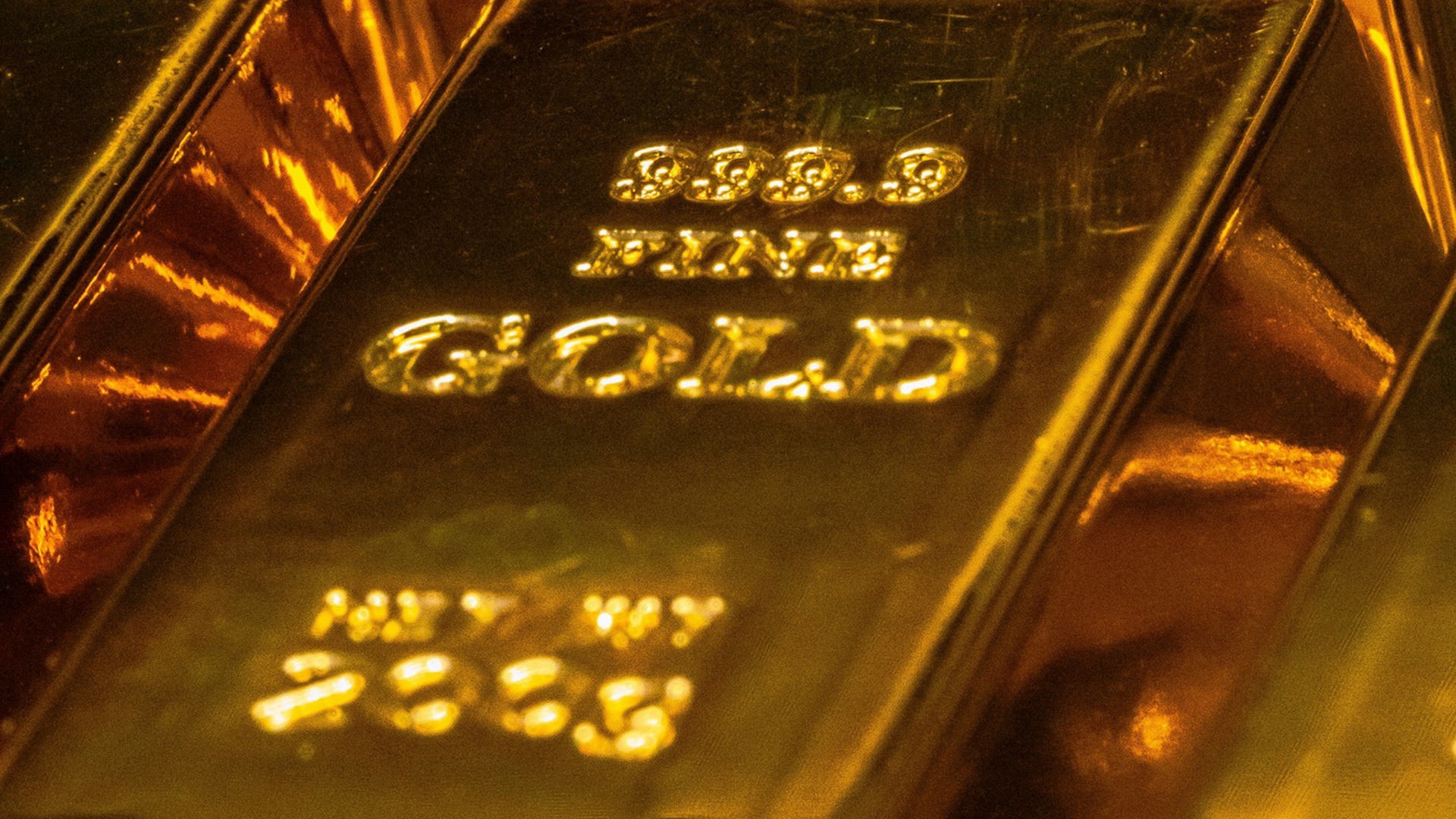

In a bold economic signal and a potential challenge to the US-dominated global financial system, three BRICS nations, Brazil, Russia, and China, collectively purchased nearly 20 metric tonnes of gold in September 2025, investing a staggering $2.54 billion. This wave of accumulation, despite gold’s soaring price, reaffirms the bloc’s commitment to reducing reliance on the US dollar and increasing holdings of tangible, real-value assets.
The purchases come amid record-high gold prices, with the XAU/USD index reaching close to $3,900 in September and eventually crossing the landmark $4,000 figure in October, hitting an all-time high of $4,381 per ounce. Today, gold remains range-bound, trading at around $4,010, but central banks show no signs of slowing their buying spree.
According to data reported by the International Monetary Fund (IMF), Brazil led the trio by adding 15 tonnes, its first such move since 2021. Russia and China followed with 3 tonnes and 2 tonnes, respectively. Notably, India had also increased its gold holdings in the latter half of 2025, continuing its multi-year diversification tactic away from dollar-dominated financial instruments.
This recent surge in BRICS nations’ gold reserves is not just about safeguarding assets; it's part of a broader geopolitical and financial shift. Prominent voices in global finance, including Canadian philanthropist and mining investor Frank Giustra, are heralding a new financial era “of hard money,” driven by the growing irrelevance of “paper gold” assets like exchange-traded funds (ETFs) and futures contracts. Speaking at the Precious Metals Summit in Beaver Creek, Colorado, Giustra remarked, “We’re now, believe it or not, in the era of hard money. If you own paper gold, you do not own gold. When the crunch comes, it will not be there.” He argued that BRICS nations are forming a parallel financial infrastructure that could circumnavigate traditional Western systems, including those reliant on the US dollar as the global reserve currency.
Much of this transformation is evident in China's initiatives on the Shanghai Gold Exchange, where yuan-for-gold convertibility and physical vaulting are rising. Meanwhile, the mBridge project, a cross-border central bank digital currency (CBDC) pilot launched by China, Hong Kong, Thailand, the UAE, and recently joined by Saudi Arabia, aims to enable dollar-free settlements, boosting the trend of de-dollarization.
While collectively BRICS nations, including new members beyond the founding five, hold a substantial 6,026 tonnes of gold, they still trail the United States (8,133 tonnes), Germany (3,352 tonnes), and Italy (2,452 tonnes). Individually, Russia holds the largest reserves within BRICS at 2,336 tonnes, closely followed by China at 2,298 tonnes and India at 880 tonnes. Brazil's recent purchase puts its total holdings at 145.1 tonnes.
Although the BRICS bloc’s gold reserves lag behind the top global holders, their buying behavior has shifted the dynamics of the modern gold market. According to the World Gold Council, central banks have purchased more than 1,000 tonnes of gold annually from 2022 to 2024, marking the longest buying streak in the modern era. Central bank demand remained strong through 2025, with 244 tonnes added in Q1 alone.
The World Gold Council’s 2025 Central Bank Gold Reserves Survey reveals that 73% of global central bankers believe that the US dollar’s share in global reserves will decrease over the next five years. Moreover, 43% of surveyed central banks intend to increase their gold holdings, both record-setting sentiments demonstrating the shift in global monetary attitudes.
Several factors contribute to the intensifying gold acquisition trend. Among them are persistent geopolitical tensions, ballooning public debts in advanced economies, and a growing distrust in fiat currencies. Comments from Giustra highlight a growing concern that traditional currencies, especially the US dollar, may be approaching a tipping point.
“With rising debt and monetary easing measures like quantitative easing or yield-curve control, fiat currencies in general are in their death throes,” Giustra cautioned. He pointed to a potential global monetary reset, where gold and other hard assets could play a central role in maintaining sovereign financial stability.
This sentiment is echoed across emerging markets, many of which view gold as a neutral and reliable hedge against Western political risks and dollar volatility. Brazil's recent return to gold buying after a hiatus since 2021 reinforces the view that accumulating physical gold is now more than just a haven; it is an assertion of economic autonomy.
Though there has been speculation that BRICS may eventually back a new multinational currency with gold, no official confirmations have been made. Analysts suggest that even if the bloc introduced a gold-backed currency, it would still face significant hurdles competing with the entrenched dominance of the US dollar.
Despite these structural challenges, BRICS’ strategy is clear: accumulate tangible assets, build alternative financial institutions and payment systems, and tilt the balance of monetary power more evenly.
Whether through digital currency pilots like mBridge or continued gold accumulation, the BRICS nations are navigating a path toward a multipolar financial world. In this unfolding scenario, gold, real, physical gold has reemerged as a cornerstone of monetary strategy rather than a relic of the past.
As 2025 nears its end, the signals are unmistakable: Central banks are hedging against uncertainty, and gold remains the keystone in that effort. While the US may maintain its supremacy in holdings for now, the trends suggest that the future of finance will be diversified, decentralized, and increasingly golden.